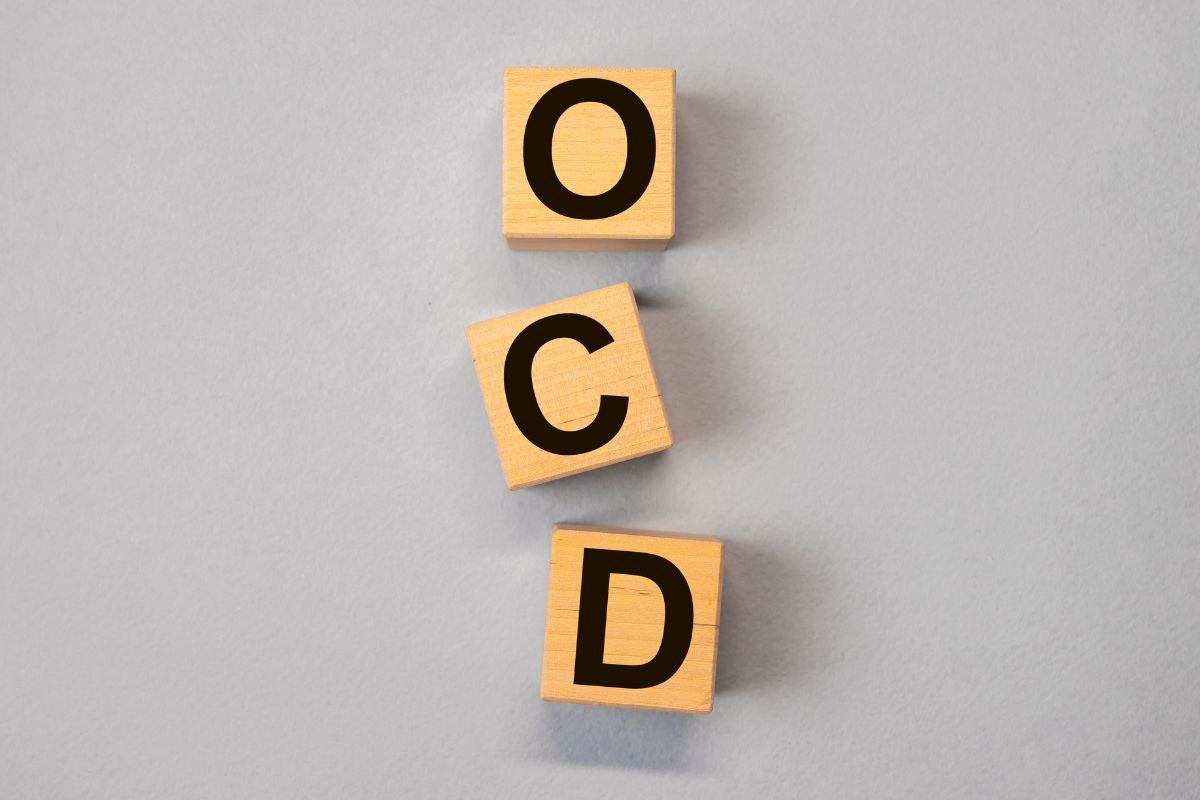Understanding OCD Behaviour
What is OCD behaviour and how does it affect individuals? Obsessive-Compulsive Disorder (OCD) is a mental health condition marked by intrusive thoughts (obsessions) and repetitive actions (compulsions) that can interfere with daily life. Understanding OCD behaviour is crucial for supporting those affected by it and identifying ways to help manage the condition effectively.
This article will explore five essential aspects of what is OCD behaviour to provide a better understanding of the condition and its effects.
For those seeking treatment, consider visiting:

What is OCD Behaviour?
OCD behaviour involves a chronic mental health disorder where people experience recurring, intrusive thoughts, fears, or urges (obsessions). These obsessions cause anxiety and discomfort, leading individuals to engage in repetitive behaviors or rituals (compulsions) in an attempt to manage the anxiety.
Though many people have small habits or routines, OCD behaviour is more intense and disruptive, often affecting daily activities, work, and relationships. The compulsions performed by people with OCD are not always logical and can feel overwhelming, significantly reducing the quality of life if left untreated.
1. Obsessions: Persistent Unwanted Thoughts
One of the primary characteristics of OCD behaviour is obsessions. These are persistent and unwanted thoughts, impulses, or images that trigger distress or anxiety. For example, someone might have constant fears about contamination or germs, resulting in frequent handwashing or cleaning.
- Common obsessions include fears of harm, contamination, or making mistakes.
Individuals with OCD behaviour may feel powerless to stop these thoughts, even when they recognize them as excessive or irrational. These obsessions can become all-consuming, making it difficult for individuals to focus on other tasks, leading to a decline in productivity and mental well-being.
2. Compulsions: Repetitive Behaviors or Mental Acts
Compulsions are another critical aspect of OCD behaviour. These are repetitive actions or mental rituals that people perform to relieve the anxiety caused by their obsessions. For example, someone might check locks multiple times or engage in elaborate cleaning rituals.
- Common compulsions in OCD behaviour include excessive hand washing, checking objects, or counting rituals.
Although compulsions may provide temporary relief, they ultimately reinforce the obsessive thoughts, perpetuating the cycle of OCD behaviour. In severe cases, compulsions can take up significant amounts of time each day, severely impacting an individual’s ability to work, socialize, or maintain relationships.
3. The OCD Behaviour Cycle: Obsession, Anxiety, Compulsion, and Relief
OCD behaviour follows a predictable cycle: an obsession triggers anxiety, which leads to compulsive behavior, and provides temporary relief. However, this relief is short-lived, and the obsession returns, causing the cycle to repeat.
- Breaking the OCD behaviour cycle is challenging without proper therapy, such as cognitive-behavioral therapy (CBT), which helps individuals change their thought patterns and behaviors.
The OCD cycle can become debilitating over time if left untreated. It not only affects the individual suffering but can also impact their loved ones who may feel helpless or frustrated by the repetitive nature of the condition.
4. Different Types of OCD Behaviour
There are various types of OCD behaviour, and individuals may experience different symptoms. Common types include:
- Contamination OCD: Fear of germs or contamination, leading to compulsive cleaning or avoidance.
- Checking OCD: Repeatedly checking things like locks, appliances, or safety measures.
- Symmetry OCD: The need for order and symmetry, causing people to rearrange objects or perform tasks in a specific order.
- Hoarding OCD: Difficulty discarding items, regardless of their actual value, due to obsessive thoughts about needing them in the future.
Understanding the different forms of OCD behaviour is important for identifying suitable treatment options and support. Each type requires a tailored approach, and what works for one person may not be effective for another.
5. Seeking Help for OCD Behaviour: Treatment and Support
OCD is treatable, and early intervention can significantly improve the quality of life. Cognitive-behavioral therapy (CBT) is highly effective in addressing both the obsessive and compulsive components of OCD behaviour. Support from healthcare professionals, family, and friends plays a key role in recovery.
For more information about OCD behaviour and treatment, check out trusted resources from government authorities such as the National Institute of Mental Health (NIMH) and the World Health Organization (WHO).
Conclusion
Understanding what is OCD behaviour means recognizing the repetitive cycle of obsessions and compulsions that can significantly impact an individual’s life. By educating yourself about the nature of OCD behaviour and seeking appropriate support, individuals can manage symptoms and live fulfilling lives.
You can visit our more Blogs on:

